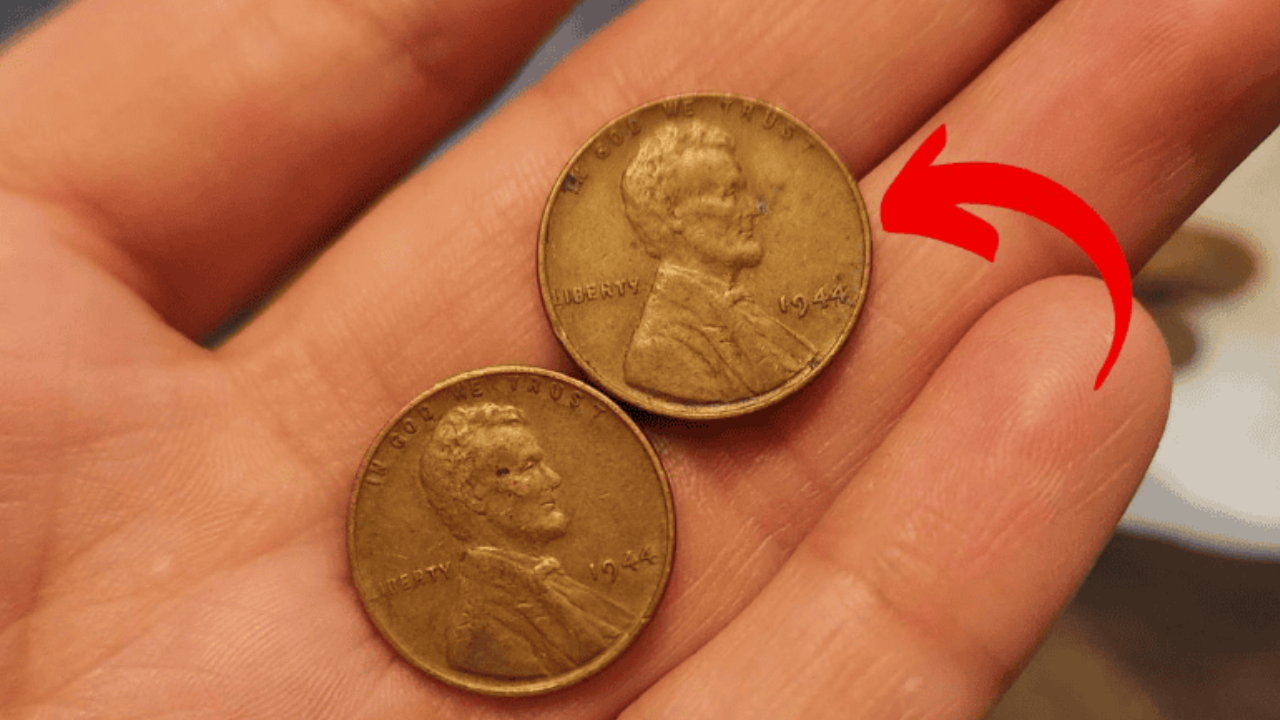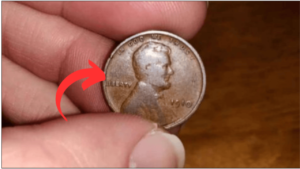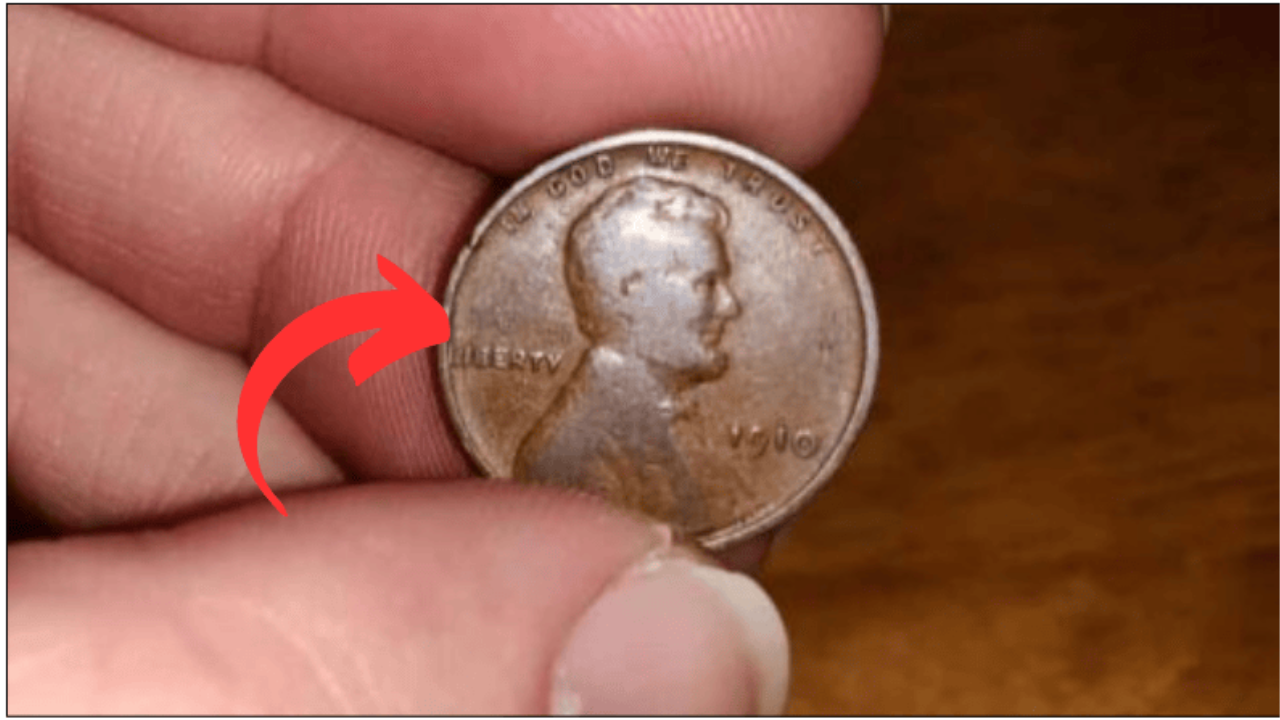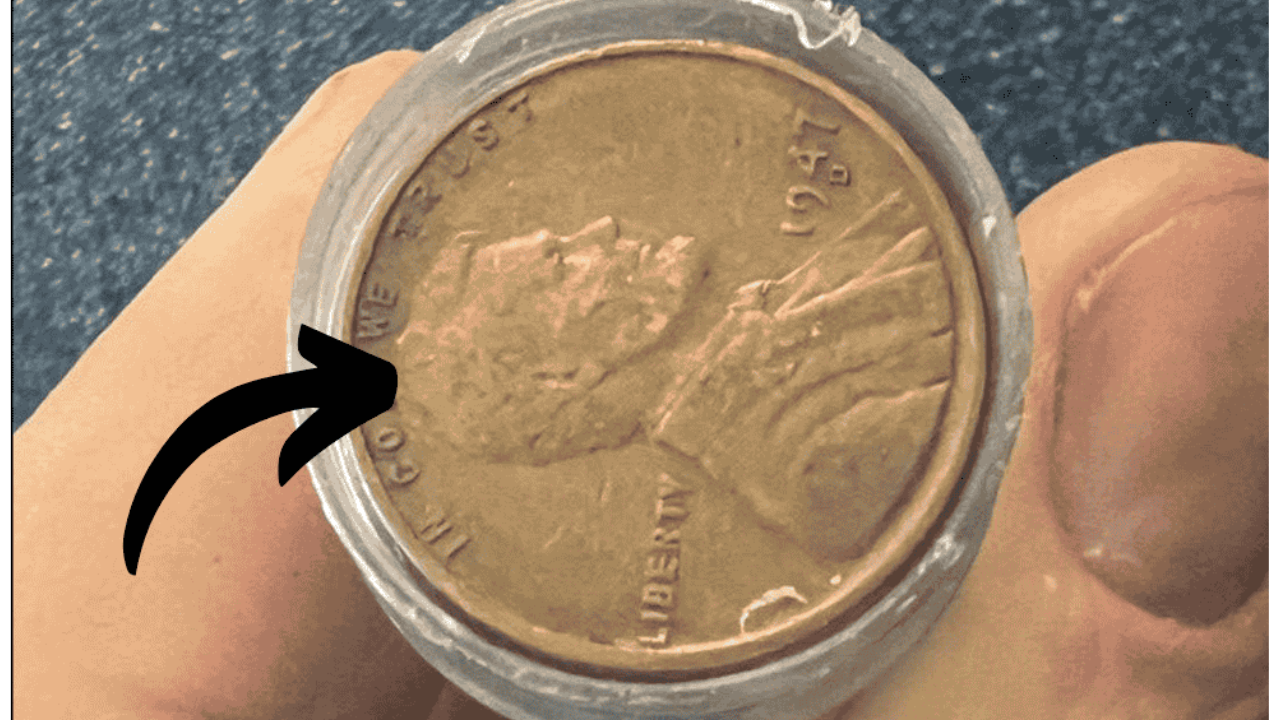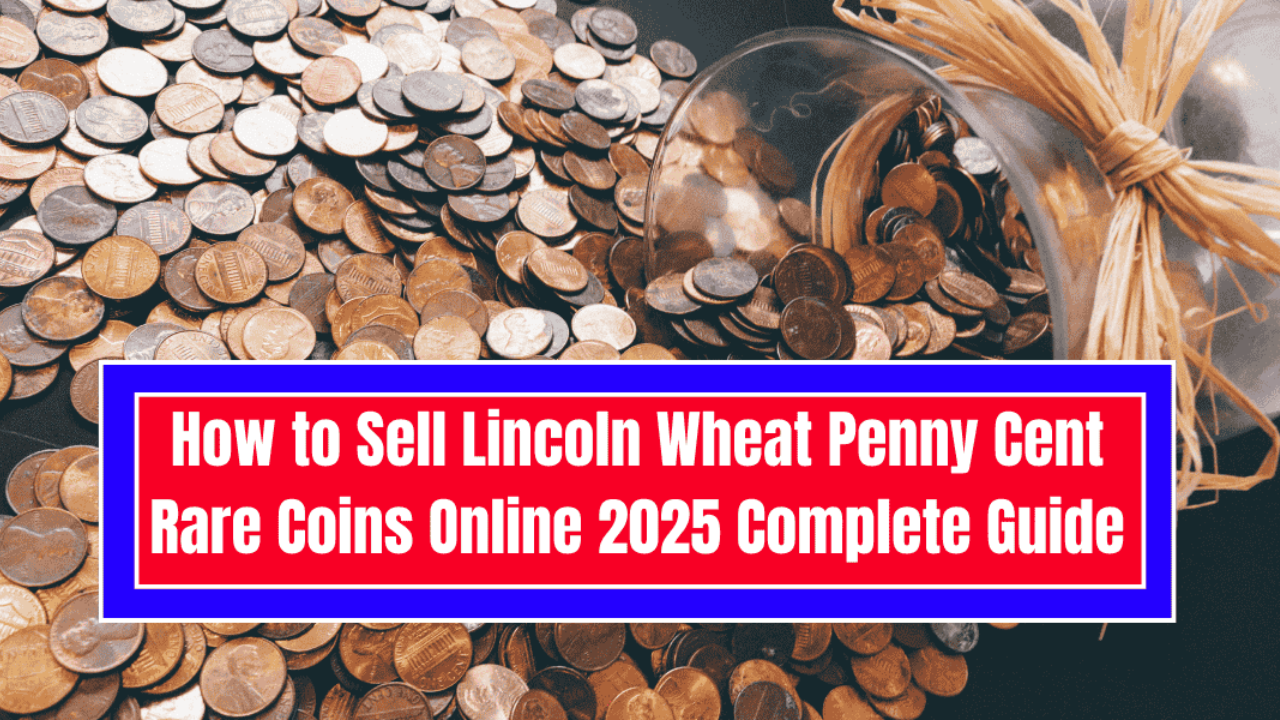A single penny turning into a near-million-dollar treasure sounds like a fairytale — but in the world of coin collecting, it’s a true story. One of the most sought-after coins in American numismatic history, the 1943 bronze Lincoln Wheat Penny, has fetched up to $900,000 at auction. Even more intriguing? Experts believe a few of these hidden gems could still be out there, unknowingly sitting in old coin jars or tucked away in forgotten collections.
Let’s explore what makes this penny so special, how to spot one, and how to clean your coins without risking their value.
What Makes the 1943 Bronze Penny So Valuable?
The Lincoln Wheat Penny, minted from 1909 to 1958, was the first U.S. coin to feature a real person — President Abraham Lincoln — on the obverse. The reverse side features two wheat stalks, which gave the coin its nickname.
In 1943, the U.S. Mint shifted from copper to zinc-coated steel to conserve copper for World War II munitions. However, by accident, a few bronze planchets (blanks) from 1942 were left in the coin presses. The result: a very limited number of 1943 bronze pennies were produced before the mistake was discovered.
Only about a dozen authentic 1943 bronze pennies have been confirmed, making them some of the rarest and most valuable coins in existence. One example sold for an astounding $900,000.
How to Identify a 1943 Bronze Lincoln Penny
Finding a genuine 1943 bronze penny is extremely rare, but knowing how to spot one is essential. Here’s a checklist to help:
| Feature | What to Look For |
|---|---|
| Date | 1943 — with or without a mint mark (D or S) |
| Color | Brown or copper-toned (not silver-gray) |
| Magnet Test | Bronze will not stick to a magnet |
| Weight | Bronze: ~3.11 grams vs. Steel: ~2.7 grams |
| Condition | Higher grades fetch more money |
If the penny is brown or copper in color, does not stick to a magnet, and weighs close to 3.11 grams, you might have something special. Get it authenticated by a reputable grading service like PCGS or NGC.
How to Clean Your Copper or Zinc Pennies (Without Losing Value)
Coin collectors generally discourage cleaning coins — especially rare ones — because improper cleaning can destroy their numismatic value. However, if you’re handling common coins and want to improve appearance safely, here are a few tips:
Use Only Distilled Water
Tap water contains minerals that may scratch or react with coin surfaces. Soak the coin in distilled water to gently loosen dirt.
Use Mild Soap Sparingly
If dirt persists, a tiny drop of fragrance-free dish soap in distilled water can help. Gently swish the coin around — never scrub.
Avoid Abrasives
No brushes, scrubbing pads, or toothpaste. These can leave scratches that permanently reduce value.
Dry With a Soft Cloth or Air-Dry
Pat the coin dry with a microfiber cloth or let it air-dry on a clean towel. Avoid rubbing.
Don’t Clean Rare or Valuable Coins
If your penny might be worth hundreds or thousands, do not clean it. Send it straight to a professional grading service.
Where to Look for Rare Pennies
Rare coins like the 1943 bronze penny often turn up in unexpected places:
- Old coin jars and piggy banks
- Loose change from banks or grocery stores
- Inherited coin collections
- Estate sales and flea markets
Considering how a single mistake from over 80 years ago could still be in circulation today, it’s well worth taking a second look at your spare change.
How to Sell Rare Pennies and Coins Online in 2025
If you think you’ve struck coin-collecting gold, here’s how to turn your find into cash:
Authenticate the Coin: Use services like PCGS or NGC.
Get an Appraisal: Understand its current market value.
Choose a Sales Platform:
- eBay: Great for common coins, but be wary of scams.
- Heritage Auctions: Ideal for rare, high-value coins.
- GreatCollections: Trusted online auction platform.
Market Your Coin Well: Include high-res images, exact weight, and mint marks.
Set a Realistic Reserve: Let competition drive the price up.
Even decades later, the 1943 bronze Lincoln Wheat Penny captures the imagination of collectors and casual hobbyists alike. With values soaring near a million dollars, this humble penny is more than spare change — it’s a symbol of history, rarity, and perhaps even a little luck. So before tossing your coins aside, give them a closer look. One of them could change your life.
FAQs
Are all 1943 pennies valuable?
No. Most 1943 pennies are made of steel and worth only a few cents to a few dollars. Only the rare bronze versions are worth big money.
How can I tell if my penny is bronze or steel?
Do the magnet test. Steel sticks to a magnet; bronze does not. You can also weigh it — bronze is heavier.
Where can I get my penny authenticated?
Reputable grading services include PCGS and NGC.
Should I clean a rare penny?
No. Cleaning a rare coin can significantly reduce its value. Always consult an expert first.
Are there other valuable pennies besides the 1943 bronze?
Yes. Look out for 1909-S VDB, 1955 Doubled Die, and 1944 steel pennies.
